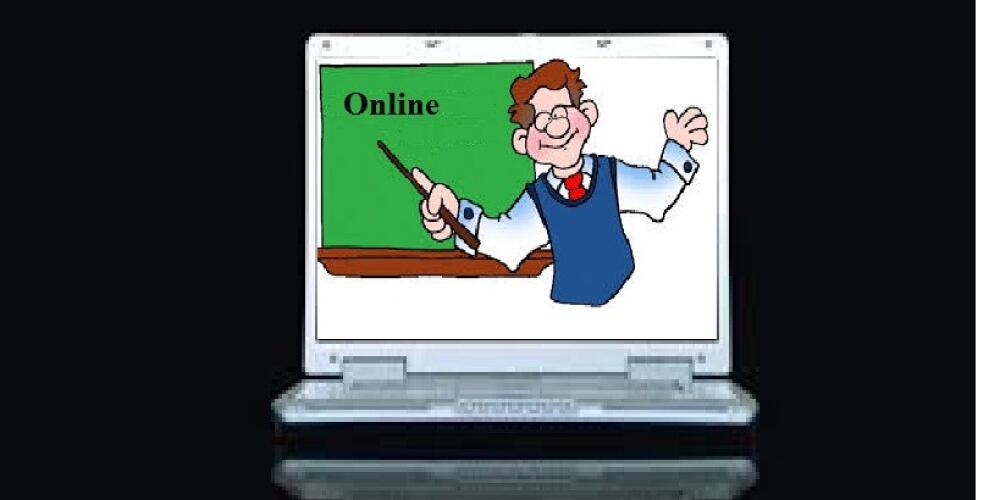
The Corona crisis has forced children around the world to learn at home online. The whole adjustment process proved to be completely unprepared. Online teaching has become a mere copy of school teaching. The camera is recorded by a teacher who says and shows something, and the students watch and listen to it.
Online teaching has a future, but it must be tailored to the individual student. This teaching must be developed as a special application that will release certain subjects to users as games in which the transition from one lesson to another will be shown as a transition to a higher level of the game. Each game item would have to be divided into a lot of lesson, levels. In each level, the application would show a short film lasting 3 to 5 minutes in which a fact or statement would be presented. After that, the student would have to pass a test to determine if he understood the lesson. If he passed, he would move on to a new level, a new lesson. If he did not pass the test the lesson would be repeated. If he does not pass the test again, the student should fall down one lower step. One subject could be taught as a series of lessons, levels lasting no more than an hour. After that, the app should play a song or something similar for 5 minutes to give the student a break. You should then move on to another subject for a maximum of one hour. In each compulsory subject the student could progress to a certain level which depends on what level he has reached in other subjects. He would not have been able to move to the seventh grade level in a subject if he had not passed all the compulsory fifth grade subjects. Compulsory subjects could last a maximum of 8 hours a day. After an hour of rest, the student could have the opportunity to study and optional subjects, but for a maximum of 2 hours. In these optional subjects he could go to the highest level, no matter what level he reached in the compulsory subjects.
There is an abundance of material on online social video networks that could be used in the development of such educational applications. Short video clips of 3 to 5 minutes could be copied, after which application creators would insert short test questions. If some content cannot be found on the Internet, then the creators of the application could record it themselves. The creators of such educational applications should not sell them but should give them away for free use. The cost of the work of the creators of such educational applications should be borne by the states and charitable foundations.
Other of my technical analyzes and innovations can be found in this book.
Tags
Featured articles